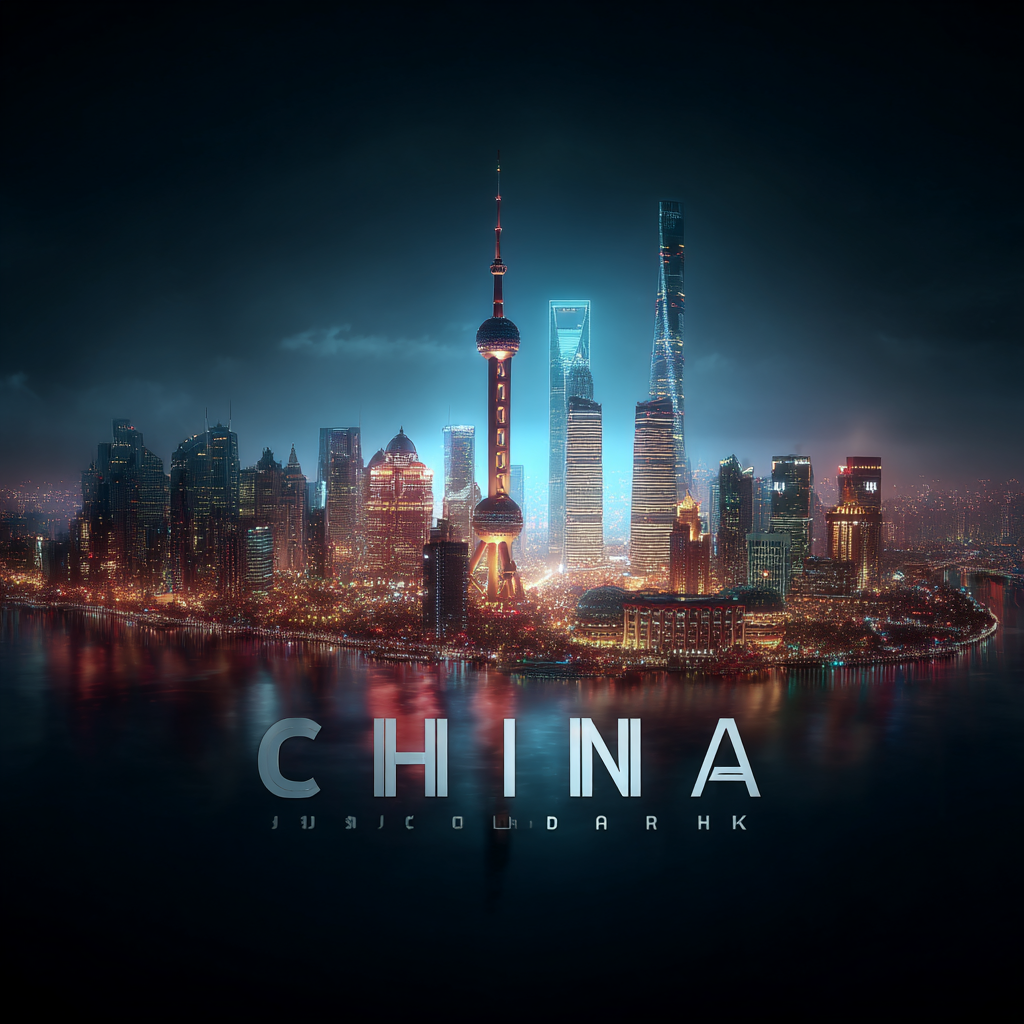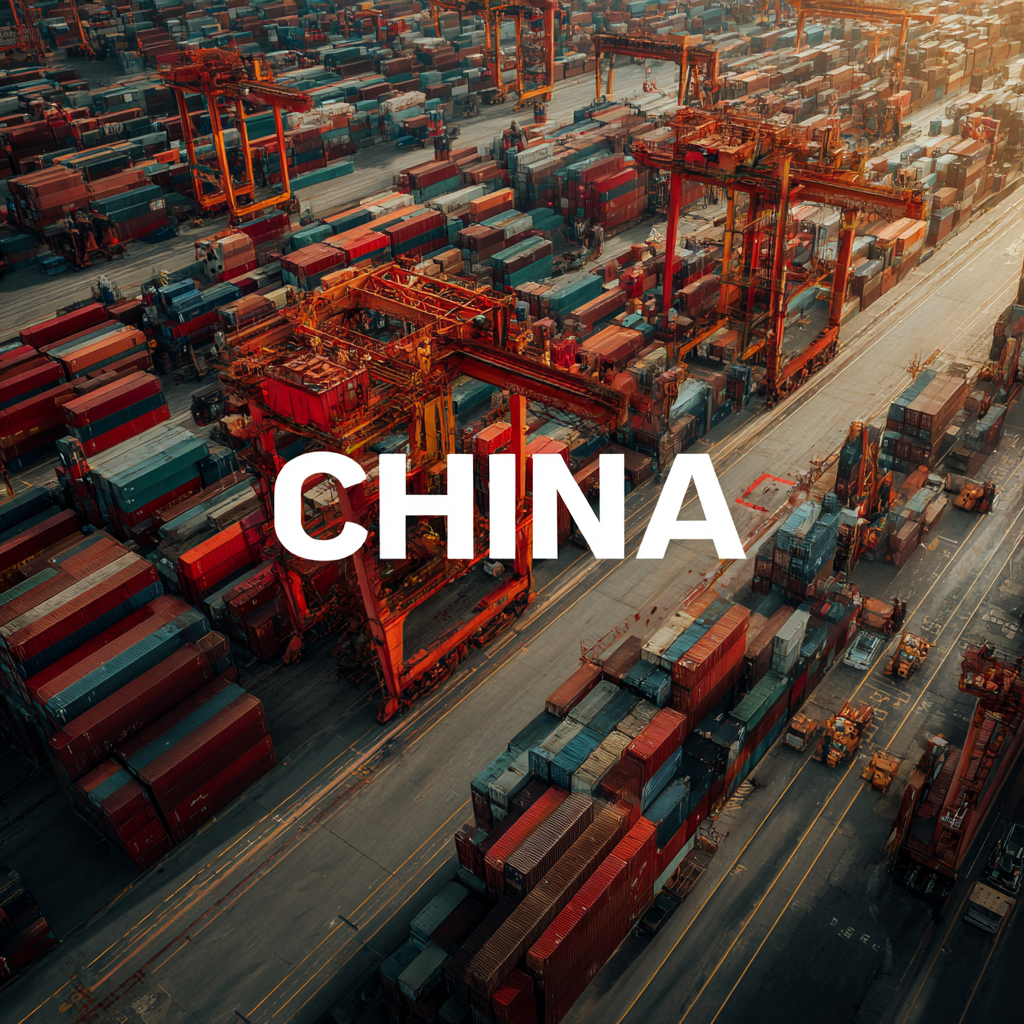
In today's rapidly evolving global marketplace, China has emerged as a powerhouse in manufacturing and sourcing, satisfying diverse business needs across various industries. According to a report from the McKinsey Global Institute, Chinese suppliers account for approximately 28% of the world's manufacturing output, making it crucial for businesses to tap into this vast reservoir of products. However, finding reputable suppliers amidst a sea of options can be daunting. With over 30 million enterprises operating in China, ensuring the selection of high-quality suppliers requires a strategic approach and an understanding of regional market dynamics. This blog aims to guide global businesses in sourcing the best Chinese products while emphasizing the key factors to consider in supplier evaluation and relationship management for sustainable success.

Sourcing products from China can be a strategic move for global businesses aiming to meet diverse market needs. However, understanding the import and export certifications is crucial for ensuring compliance and efficiency in operations. Certifications help businesses navigate regulatory frameworks and enhance trade reliability. Recent advancements in trade digitalization are streamlining these certification processes, offering significant cost reductions and improved border control efficiency.
**Tips:** When entering the Chinese market, ensure you are familiar with local import regulations and necessary certifications, such as the Certificate of Origin. Leveraging the enhanced eCoO 2.0 system can simplify your export certification processes, aligning with the global trend toward digital trade solutions.
Additionally, exploring free trade agreements (FTAs) can provide essential duty savings, making your supply chain more cost-effective. Stay informed about changes in foreign trade policies, as these can impact your interactions and requirements within international markets.
| Product Category | Typical Export Certification | Compliance Requirements | Average Lead Time (Days) | Recommended Shipping Method |
|---|---|---|---|---|
| Electronics | CE, RoHS | Product Safety, Environmental Regulations | 30 | Air Freight |
| Textiles | Oeko-Tex, GOTS | Material Safety, Labor Standards | 20 | Sea Freight |
| Toys | ASTM, EN71 | Safety Requirements, Age Appropriateness | 25 | Air Freight |
| Furniture | FSC, GREENGUARD | Sustainable Sourcing, Safety Regulations | 40 | Sea Freight |
When sourcing products from China, identifying reliable suppliers is crucial for the success of your global business. According to a report by Statista, around 30% of small and medium-sized enterprises (SMEs) face difficulties in navigating the Chinese supply chain. To mitigate these challenges, businesses should employ key strategies to evaluate potential suppliers effectively.
One effective tip is to conduct thorough background checks on suppliers. Utilize platforms such as Alibaba and Global Sources, and always look for verified suppliers with good ratings. It's important to request references and conduct site visits if possible. According to a 2022 Deloitte report, 60% of businesses that verified their suppliers noticed a significant reduction in procurement risks.
Moreover, clear communication is essential. Establishing a clear line of communication can help in ensuring that your expectations are aligned with those of your suppliers. Utilize tools like video conferencing and periodic check-ins, which can bolster transparency. Research from McKinsey highlights that 70% of successful partnerships are attributed to effective communication, leading to better alignment and trust.

When sourcing products from China, understanding the quality standards prevalent in the manufacturing sector is crucial for ensuring that your global business needs are met. According to the International Organization for Standardization (ISO), over 80% of Chinese manufacturers meet at least basic quality certifications, including ISO 9001, which indicates a strong commitment to quality management. However, navigating the varying levels of compliance can be challenging, as some suppliers may only claim to adhere to these standards without proper implementation.
Tip 1: Always request product samples and review them for defects or inconsistencies. This initial step can save time and costs associated with poor-quality products down the line.
Moreover, the China National Institute of Standardization reports that sectors like electronics and textiles have made significant strides in quality control, often adopting advanced technologies and automation in their production processes. However, there remains a disparity in quality practices between different regions and industries. It’s essential to conduct thorough due diligence on manufacturing partners to ensure they have robust quality assurance processes in place.
Tip 2: Utilize third-party inspection services to verify quality standards during and after production. Independent assessments can provide an unbiased overview of quality and compliance, allowing for better decision-making in your sourcing strategy.
When sourcing products from China for your global business, it’s essential to navigate the complex landscape of tariffs and duties. These costs can significantly impact your overall budget and profit margins, making it crucial to understand how they apply to your specific products. Tariffs are taxes imposed on imported goods, which can vary widely depending on the nature of the product and the trading agreements in place. By familiarizing yourself with the Harmonized System codes and current tariff rates, you can make informed decisions that minimize these additional expenses.
In addition to tariffs, businesses must also account for other duties that may apply, such as anti-dumping duties or countervailing duties. These can result from international trade disputes or governmental measures to protect local industries. To mitigate these costs, consider developing strong relationships with suppliers who can provide insights into potential duties and help navigate the regulatory environment. By conducting thorough due diligence and staying updated on trade policies, you can better anticipate the financial implications of sourcing from China, ensuring that your business remains competitive in a global market.
In the era of globalization, leveraging technology is essential for efficiently sourcing products from China. Advanced digital tools and platforms have transformed the way businesses identify and connect with suppliers. Online marketplaces, such as Alibaba and Global Sources, enable companies to conduct comprehensive market analysis and compare product offerings seamlessly. By utilizing data analytics and AI-driven insights, businesses can assess market trends, evaluate supplier reliability, and determine pricing strategies, all of which enhance decision-making processes.
Furthermore, technology facilitates real-time communication and collaboration between buyers and suppliers, breaking down geographical barriers. With the help of communication tools like WeChat and Zoom, companies can hold virtual meetings, negotiate contracts, and oversee production processes without being physically present. Additionally, cloud-based project management software allows teams to track orders and manage logistics efficiently. By integrating these technological advancements into their sourcing strategies, businesses not only streamline operations but also position themselves competitively in the global market, ensuring they can quickly adapt to changing consumer demands.

